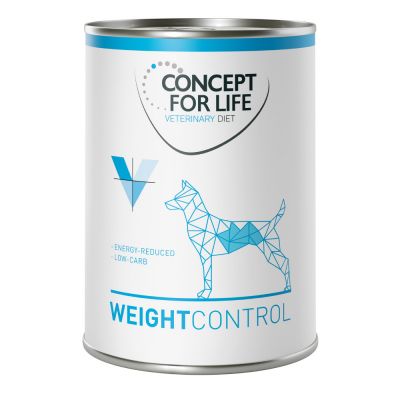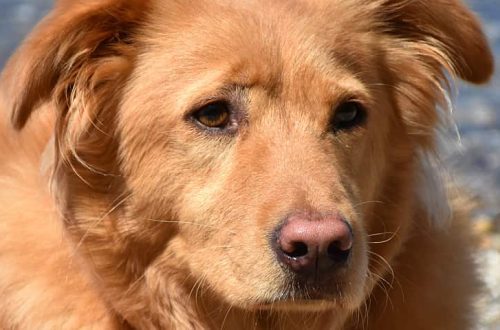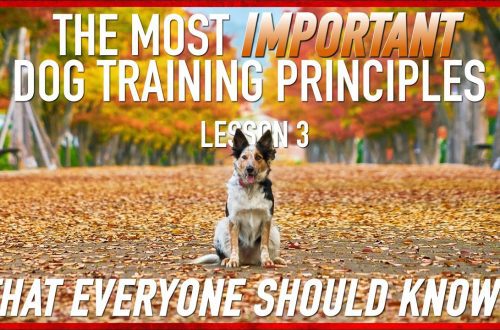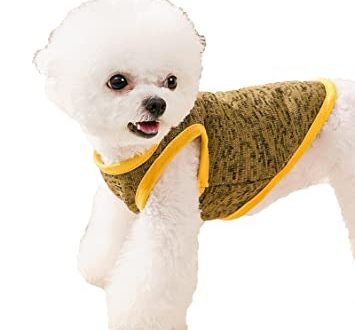
Puppy weight control
Puppy weight control
Did you know that the diagnosis of obesity is made when the actual weight exceeds the ideal by 15% or more? This is only 330g for small dogs like Chihuahuas and over 7,5kg for Rottweilers. Many owners simply do not notice how full their pet is getting, because fat is deposited slowly.
In addition, they rarely visit a veterinarian and thus are deprived of his help in weight control. While your puppy is growing, he needs more food than when he is an adult, however, never feed him on demand. Start with three or four feedings a day at specific times. Leave the food on for 15 minutes and then remove whatever is left in the bowl. And if you are switching your pet to a new food, stick to the recommended feeding rate for your breed (the rate is usually indicated on the food packaging).
For breeds with a tendency to gain weight, it is best to start with small amounts or consult your veterinarian first. Remember, feeding recommendations are only recommendations and nothing more. Your puppy is individual and needs appropriate care. The simplest thing you can do to diagnose obesity is to run your hand over the animal’s chest and assess the thickness of the fat deposits under the skin. Feel its ribs with your fingers – if your pet is overweight, this will be more difficult. If you are concerned about your pet’s weight, make an appointment with your veterinarian. He may offer you a free weigh-in for your pet during the first year of his life. It is generally considered that the weight of the animal should be checked every month. Record the result in a special map of the growth and development of your pet.
A little about quirks
Almost without exception, picky-eating puppies were initially spoiled by their owners. In addition to dog treats, the puppy should only be given special food. Do not train him to eat pieces from your table – this can develop in him the habit of eating randomly.





